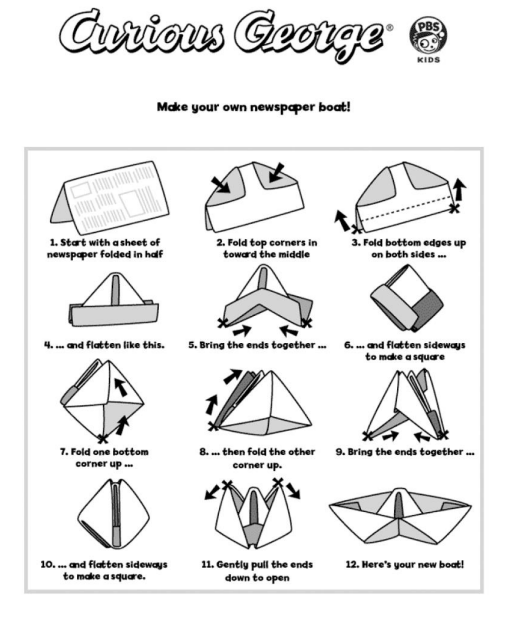
Of course, as everyone knows, the moment paper touches water the ship is doomed to sink.
If paper and water do not mix, why are cardboard freezer boxes so popular and how do they survive?
Cardboard freezer boxes are the least expensive option.
The number one reason why laboratories choose cardboard freezer boxes is affordability.
Polypropylene or polycarbonate freezer boxes can cost between $7 to $10 a piece, while a cardboard freezer box with divider are less than $3 per box.
A laboratory that stores a limited amount of patient samples or reagents might elect to purchase a small quantity of rugged plastic boxes.
When many samples are to be stored for long periods of time, plastic becomes prohibitively expensive and cardboard boxes are the better option.
Where do cardboard freezer boxes run into trouble?
When used in a laboratory setting, a freezer box is exposed to liquid or moisture in several ways.
A cardboard freezer box may be submerged in a liquid nitrogen Dewar for long-term storage. In this scenario, the cardboard is coming into direct contact with liquid.
General lab work requires removal of samples and reagents stored in a minus-twenty (-20C) or minus-eighty (-80C) freezer for periods of benchwork.
When the boxes are left out at room temperature, accumulated ice crystals melt and enter the cardboard turning it soggy and soft.
When these boxes are put back into the freezer, the damp cardboard re-freezes and expands.
Sometimes the boxes become so swollen they no longer fit inside freezer racks!
Repetitive thawing and freezing causes the cardboard to break down and disintegrate.
The secret to durable cardboard freezer boxes
When cardboard is injected with paraffin or coated with waterproof paper, it becomes significantly more durable and longer lasting.
Not all cardboard freezer boxes are made the same way, which explains the different levels of quality found in the lab supplies market.
What are the key features of a great cardboard freezer box?
There are three main questions to ask when evaluating if a cardboard freezer box is high-quality.
1. Is the cardboard freezer box coated only on the outside or does the waterproof paper cover the interior too?
2. If the cardboard freezer box comes with cell dividers, are those made from the same coated material as the box or from rough, untreated cardboard?
3. Does the cardboard freezer box have “weep-holes” in the corners or lower edges of the box so that any accumulated liquid nitrogen can drain when the box is removed from the tank?

Are there other considerations when choosing a cardboard freezer box?
Freezer boxes with numbered cells reduce the chances of mistakenly taking the wrong sample or reagent.
This sized freezer box can accommodate up to eighty-one 2mL cryovials with either internal or external threads.
Cardboard freezer boxes with 10 x 10 grids are recommended only when storing internal thread cryovials which do not have a protruding cap.


